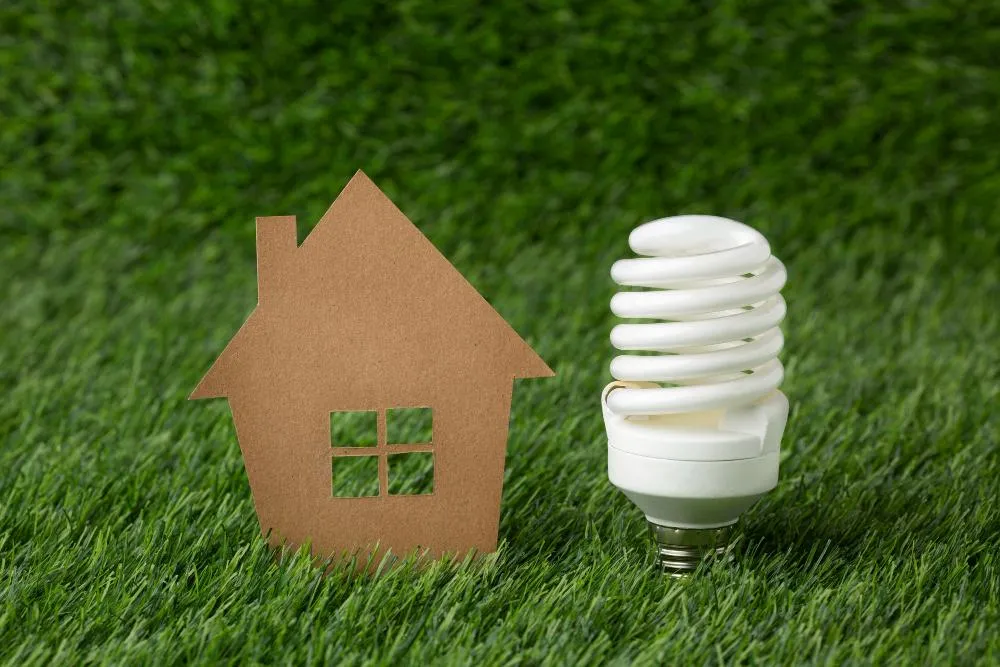
Energy Savings Through Better Windows & Siding in Flood-Prone Regions
In Western Kentucky and other flood-prone regions, homeowners know that protecting a house from water damage is only part of the challenge. Energy efficiency is just as important — especially when humidity, heavy rains, and fluctuating temperatures place stress on a home’s exterior.
Windows and siding play a crucial role in not only keeping water out but also keeping energy bills down. In this blog, we’ll explain how upgrading your windows and siding can deliver long-term energy savings, while also improving durability and resilience in areas at risk of flooding.
Why Windows and Siding Matter in Flood-Prone Areas
Your windows and siding aren’t just about curb appeal — they’re your home’s shield against weather and energy loss. In flood-prone regions like Paducah, their performance directly affects your comfort and wallet.
Windows: Old or poorly sealed windows allow air leaks, driving up heating and cooling costs. Moisture intrusion can also damage framing and drywall.
Siding: Worn or outdated siding lets water seep into walls, weakening insulation and raising energy use. Modern siding options often have built-in insulation and water-resistant finishes.
The combination of water resistance and energy efficiency is what makes investing in these upgrades so valuable.
How Better Windows Save Energy
Replacing outdated windows with modern, energy-efficient options has multiple benefits:
Improved Insulation
Double-pane and triple-pane windows with low-emissivity (Low-E) coatings help regulate indoor temperature by keeping heat out in summer and retaining warmth in winter.
Reduced Air Leaks
New frames and tighter seals eliminate drafts, reducing the load on HVAC systems.
Lower Humidity Control Costs
Moisture-resistant windows prevent condensation, lowering the risk of mold and cutting costs of dehumidification.
Long-Term Utility Savings
Energy-efficient windows can reduce heating and cooling bills by 15 to 25 percent, depending on your home’s condition and climate.
How Better Siding Saves Energy
Your siding is the first defense against wind-driven rain and extreme temperatures. Upgrading siding brings several energy-saving advantages:
Enhanced Weather Resistance
Modern siding materials like insulated vinyl, fiber cement, or engineered wood resist water infiltration, keeping walls dry and insulation intact.
Built-In Insulation
Insulated siding reduces heat transfer through walls, making homes more efficient year-round.
Reduced Maintenance
Durable siding resists warping, swelling, and cracking, which means fewer repairs and consistent energy performance over time.
Increased Property Value
Energy-efficient siding doesn’t just save on bills — it adds to resale value, especially for buyers concerned with flood resilience and efficiency.
Steps to Maximize Energy Savings with Windows and Siding
Here’s how to make smart choices when upgrading windows and siding for a flood-prone region:
Step 1: Assess Your Current Condition
Check for drafts around windows, peeling paint on siding, warping, or signs of water infiltration. These issues indicate energy loss and potential water damage.
Step 2: Choose Energy-Efficient Materials
Look for ENERGY STAR® certified windows with Low-E glass and insulated siding products rated for moisture-heavy climates.
Step 3: Prioritize Professional Installation
Improper installation can negate the benefits of even the best materials. Use a professional contractor experienced in flood-prone area challenges.
Step 4: Combine With Other Exterior Protection
Pair upgraded windows and siding with strong gutter systems to direct water away and maximize overall energy and structural performance.
Step 5: Monitor and Maintain
Regularly inspect caulking, siding joints, and gutter systems to ensure everything continues working efficiently.
FAQs
How do new windows reduce energy bills?
Energy-efficient windows limit heat transfer and air leakage, which lowers the demand on heating and cooling systems.
Is insulated siding worth the investment?
Yes. Insulated siding not only lowers energy costs but also improves comfort and reduces noise. It performs especially well in humid or flood-prone regions.
Can new siding prevent flood damage?
While no siding can fully stop floodwater, modern siding materials resist water infiltration better and dry faster, reducing long-term damage.
Do I need to replace windows and siding at the same time?
Not always, but upgrading both together maximizes energy savings and ensures consistent protection against water and drafts.
How much can I save annually on utilities?
Savings vary by home, but many homeowners see 15–30 percent reductions in annual energy bills with upgraded windows and insulated siding.
Conclusion
In flood-prone regions like West Paducah and surrounding areas, energy efficiency and water protection go hand in hand. By investing in modern windows and insulated siding, homeowners can cut utility costs, protect their homes from moisture damage, and improve overall comfort.
If your home is due for an upgrade, consider scheduling a professional consultation. With the right combination of products and expert installation, your home can stay drier, stronger, and more energy-efficient — saving you money year after year.